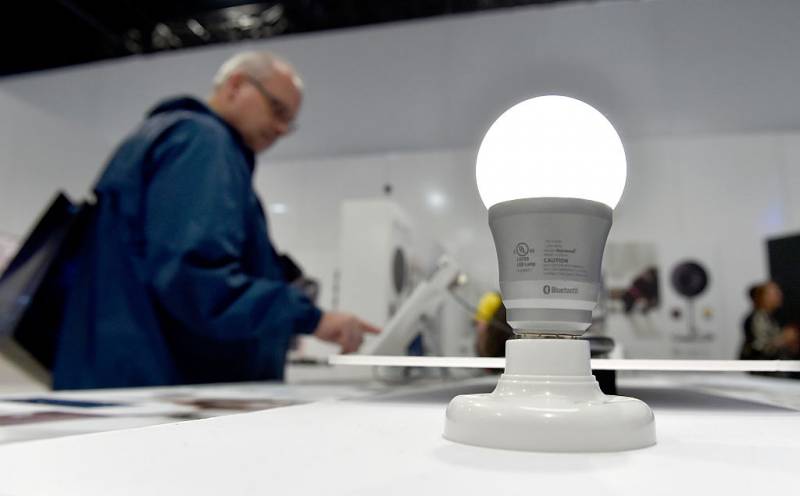Two lighting industry groups are suing California to stop new light bulb efficiency standards from taking effect next week. The standards that take effect Jan. 1 will effectively remove most incandescent and halogen bulbs from store shelves.
The commission estimates this will save business and households between $736 million and $2.4 billion in energy costs each year, because the new standards require bulbs to produce about three times more light per watt of energy used. The average incandescent bulb produces 11-16 lumens per watt; the new standard requires all general purpose light bulbs sold in California for home use to produce 45 lumens per watt.
Last month on, Nov. 13, the California Energy Commission adopted rules to expand which bulbs the standards applied to. For example, candle-shaped bulbs used in chandeliers are now included, but the bulbs used in appliances or in bug lamps are not.
However, in a lawsuit filed this month two industry groups, the National Electrical Manufacturers Association and the American Lighting Association, asked the court to reverse the expansion, citing harm to manufacturers, retailers and consumers, and claiming market forces will take care of the transition to more efficient light bulbs.
The state energy commission says unless it hears from the courts, it will proceed as planned.

